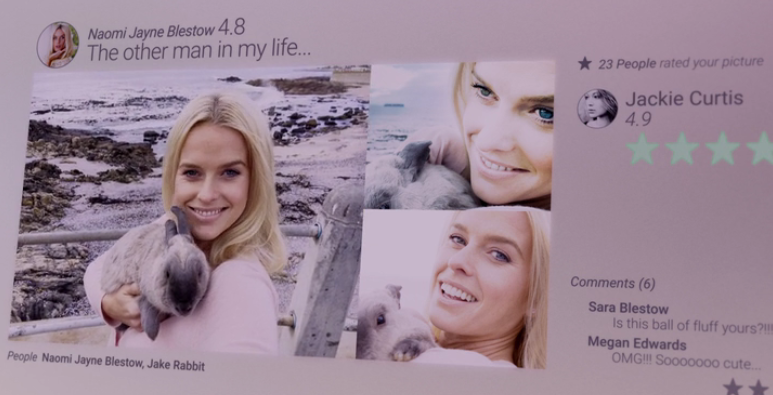In honor of International Women's Month that just passed, I wanted to write about how the image of women has progressed in our media. Our society has substantially progressed in the sense that women are more liberated in their roles in movies and TV shows.
The 1950s and 1960s woman's duties were to take care of the children and do chores around the house while her husband was off at work; a nuclear family was typical of this time period. One actress, Lucille Ball of
I Love Lucy, made efforts to improve the image of women in media. She was the first woman to run a production company, emphasized strong female friendship, was one of the first shows to feature a pregnant woman, promoted the first biracial couple on television, and didn't always portray Lucy as a proper lady. Read more about her feats
here.
The 1970s and 1980s are known as Second-wave Feminism because women started to advocate for sexual liberation, abortion rights, and for women to become more independent regarding their career and family life.
The Mary Tyler Moore Show on CBS focused on an independent, unmarried woman who had completed medical school and was determined to be independent in Minneapolis. She served as an example of how feminists wanted to change societal standards for women.
In the 1990s, the show
Daria featured a teenage girl who was the opposite of the other happy girls on television who seemed to smile almost all the time. Daria, the protagonist, was blunt, independent, intelligent, and did not change herself in order for others to like her. This show offered a new character in which girls like Daria could relate to and not feel left out of society.
In the 2000s, women in movies and television, especially young girls, started to become stronger, intelligent, and more independent. Hermione from the Harry Potter series is a perfect example of how the image of a woman was changing. She was tough, loyal, caring, opinionated, questioned authority, served as the voice of reason, and saved Harry and Ron multiple times throughout the series. Hermione taught young women that they should not limit their abilities because of their gender. Hermione always aimed for and achieved the best because of her hard work and her ability to not let others define her.
Nowadays, there are a variety of strong female role models in our movies and television such as Katniss from
The Hunger Games and Leslie Knope from
Parks and Recreation. Women being able to express themselves and live up to their full potential is an increasingly common theme in today's media.
However, there is still a long way to go. Women are not yet seen as equals to men. There are very few women producers, directors, evening broadcasters, and more. This is called the Media Gender Gap because of how there are many more men than women in these fields. You can learn more about the Media Gender Gap
here.







